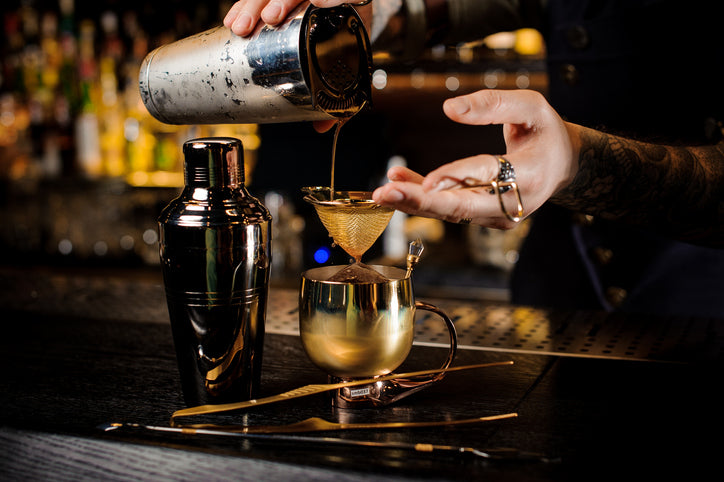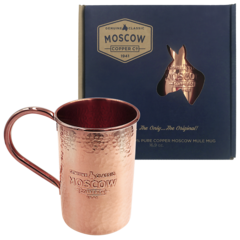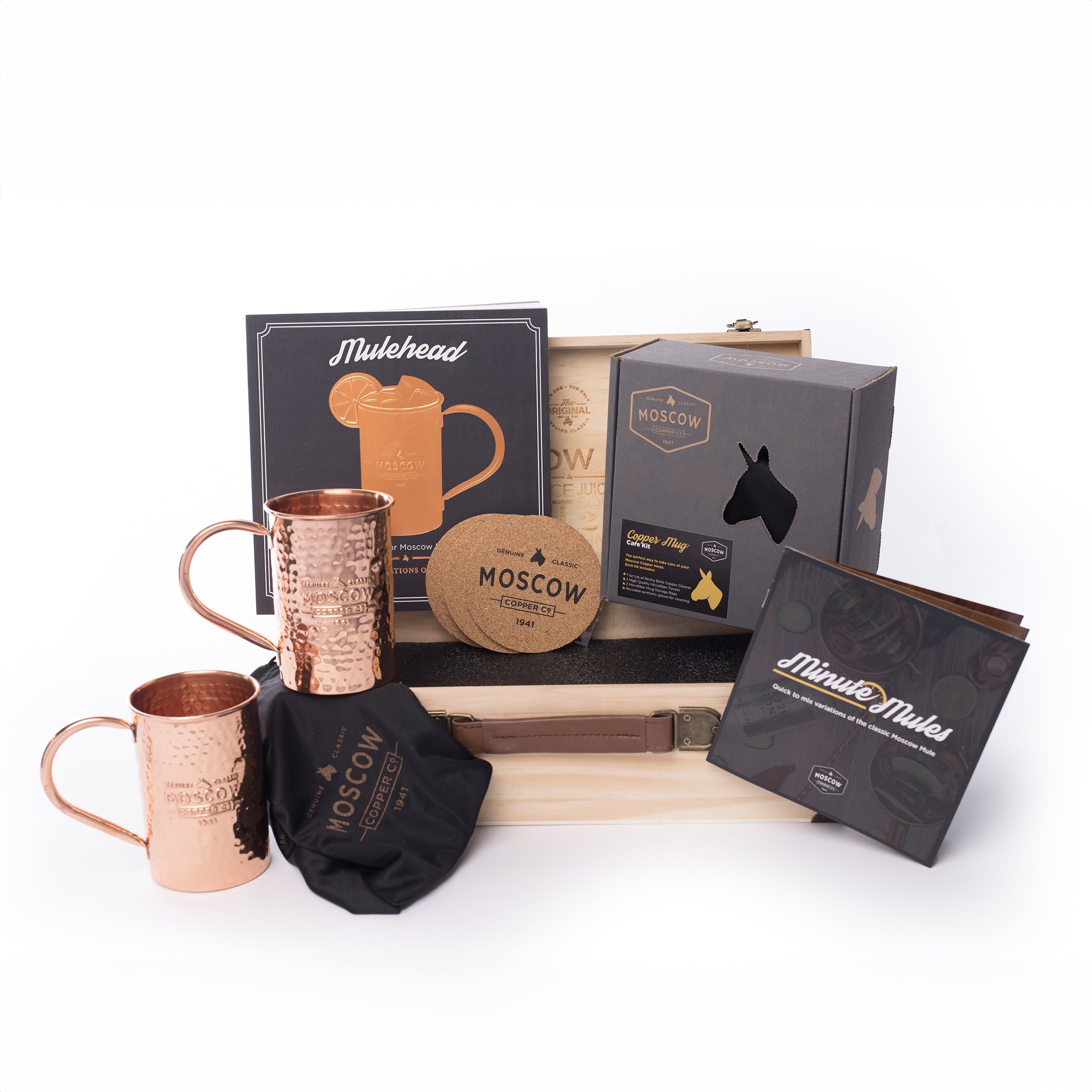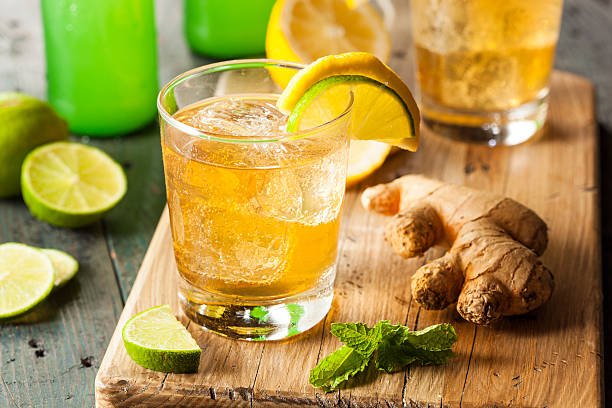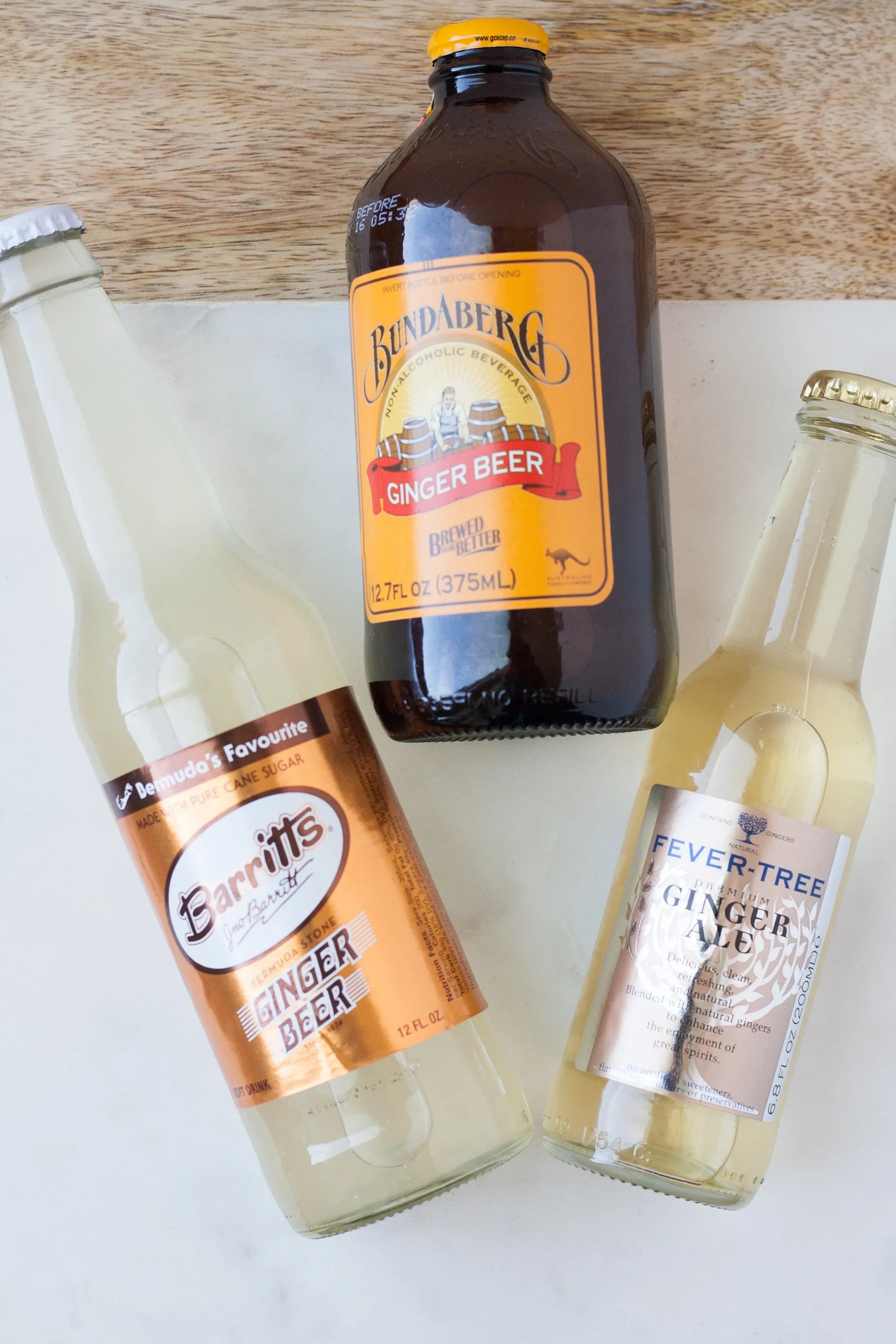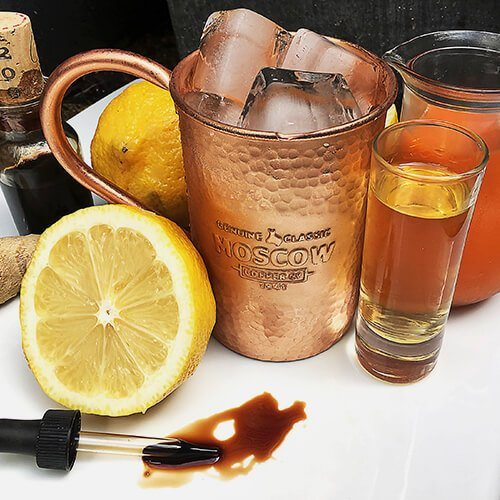Mixing cocktails is a lot like baking. That is to say, it’s a science.
When you bake a cake, you measure out all your ingredients first because once your batter is in the oven, the food changes dramatically, and there’s no room for correction.
It’s the same thing when you shake a cocktail with ice.
How, then, do you decipher a cocktail measure when there are so many different methods, tools and conversions? It’s easy to see how your recipe can go wrong — and no one wants to waste expensive alcohol and mixers!
Here’s a handy guide to measuring drinks like a pro.
Drink Measurements and Methods
The most confusing part of following a drink recipe is the measurements. In the United States, recipes are written using the imperial system (ounces), while elsewhere they are written using the metric system (milliliters).
Converting ounces to milliliters and vice versa can be a head-scratcher. For example, 1 fluid ounce is technically 29.5735296 milliliters. But rounding is common with these types of conversions, so in this case 1 oz is equal to 30 ml — and both are very common measurements for cocktails.
And if you think converting ounces and milliliters is troublesome, wait till you catch a whiff of these measurement terms.
1. Measuring for “Parts”
How much is a “part” in a drink? It’s a vague measurement, for sure, and one that makes sense for translating into larger volumes of drinks. Say you’re throwing a party and want to make a pitcher of cocktails for your guests. Parts are referring to the ratio of ingredients within your vessel.
For instance, let’s make a Moscow Mule with 1 part vodka and 2 parts ginger beer.
In a smaller glass, this could translate to 1 oz vodka and 2 oz ginger beer. In a larger pitcher, it could mean 4 oz vodka and 8 oz ginger beer.
Always start by figuring out the basic measurement (1 part). Then divide or multiply to figure out the other ingredients. For example, 1 part could equal 1 shot glass. Half a shot glass would equal ½ part, and 2 shots would equal 2 parts.
2. Measuring a “Shot”
A standard shot is 1½ oz, or 50 ml. However, shot glasses come in nonstandard sizes, so it’s best to know the measurement of your shot glass before mixing a drink in this measurement.
This chart can be helpful for translating nonstandard shot measurements:
| Type of Shot | U.S. Imperial | Metric |
| Tall Shot | 2 oz | 60 ml |
| Standard Shot | 1½ oz | 50 ml |
| Short Shot | 1 oz | 30 ml |
| Half Shot | ¾ oz | 25 ml |
| Small Shot | ½ oz | 15 ml |
1Source: The Spruce Eats
3. Measuring for a “Jigger”
To feel like a real mixologist, you’ll want to procure a jigger. It’s a dual-cup tool that bartenders use to measure cocktails. One side is typically twice the volume as the smaller side.
The most common jigger size is the same as a shot glass (1½ oz), with the small side holding ¾ oz. If a recipe calls for a jigger, 1½ oz is the amount to pour.
The Moscow Copper Co. Double-Sided Jigger is larger, holding 2 oz on one side and 1 oz on the small side.
How to use a jigger? First, you’ll want to practice holding the jigger between your index and middle finger so you can pour and flip your hand to add the liquid to your drink most efficiently. Hold the jigger at eye level so you can see the meniscus and fill accordingly. If you aren’t careful, you could tip the jigger too early and under pour your drink.
If you don’t have a jigger or shot glass in your kitchen, you can use measuring spoons. A conversion chart can be helpful in this case:
| ½ oz | 1 tbsp |
| ¾ oz | 1½ tbsp |
| 1 oz | 2 tbsp |
| 1½ oz | 3 tbsp |
| 2 oz | 4 tbsp |
4. Measuring for a “Pony”
If your drink calls for a “pony,” you’ll want to pour 1 oz (30 ml). The pony gets its name from the classic American shot glass — which is slightly smaller than the modern standard (1½ oz).
5. Measuring for a “Splash”
Much like free pouring, a “splash” is a loose measure — but cocktails often call for a splash of juice, citrus and syrups.
The easiest way to add a splash is by counting to 1 while pouring. If you’re unsure, pour slightly less and taste. Then add more if you think the cocktail needs it.
6. Measuring for a “Dash”
Dashes usually refer to bitters, in which case it’s standard to use 3-6 drops. Just like a splash, adding a dash will be subjective, so start with 3 drops to taste. Then, if you prefer, you can always add more.

